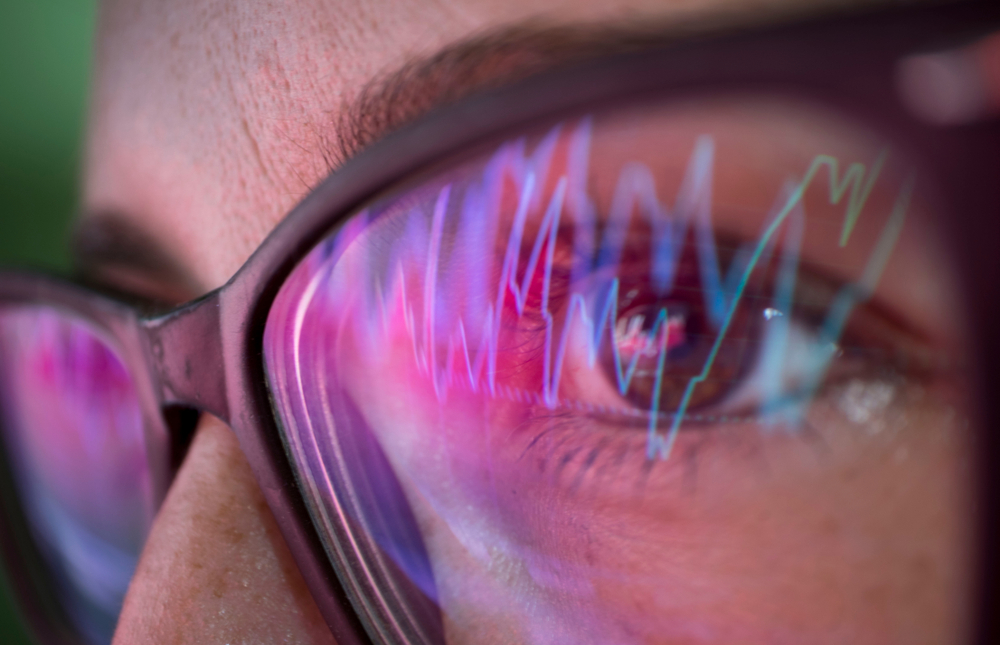As a physiotherapist, the decision to use a particular treatment often rests on a delicate balance between using something as there is strong research behind it or not. This holds true with the use of blue light blocking glasses to treat concussion and migraine. Some optometrists we have talked to indicated that they do not endorse the use of these glasses due to a lack of research. Then, on the other hand we hear from people who say these glasses were “game changers” for managing their symptoms. Is there something behind these glasses, are they a placebo, or a bit of both?
Let’s explore the rationale for considering the use of blue light blocking glasses.
Blue Light Blocking Glasses: What Do We Know?
Blue light blocking glasses have gained popularity for their purported ability to mitigate the adverse effects of prolonged exposure to digital screens and artificial lighting. They work on the premise of reducing exposure to blue light, which is known to:
- disrupt circadian rhythms and suppress melatonin production,
- affect the pain processing part of the thalamus.
That being said, blue light is not all bad as it is used to treat Seasonal Affective Disorder (SAD).
- Historical Use: Blue light blocking glasses have been utilized for conditions like depression and anxiety. The theory is that by altering the light spectrum reaching the eyes, these glasses may positively influence mood and alleviate symptoms associated with these mental health conditions. However, the evidence supporting their use in this context remains inconclusive.
- Present Applications: In recent years, blue light blocking glasses have found their way into the arsenal of tools aimed at managing conditions like migraine and concussion. These conditions often involve heightened sensitivity to light, also known as photophobia, which can exacerbate symptoms. The glasses are believed to reduce the discomfort associated with blue light, potentially providing relief.
The Evidence Quandary
One of the challenges we face as medical professionals is the limited scientific evidence regarding the effectiveness of blue light blocking glasses for concussion and migraine. Clinical trials on this topic are limited. Then the studies out there such as through Clark (2017), Good (1991), Tatsumoto (2023), Main (1997), Herz (2005) & Blackburn (2009) have small sample sizes that make the strength of each study low. Other studies, such as, A Cochrane Database Systematic review in 2023 found a lack of benefit.
However, it’s essential to acknowledge that not everything in medicine is solely evidence-based. The concept of “best practice” involves using interventions that, while lacking robust scientific backing, have demonstrated clinical efficacy in real-world scenarios.
Individual Variability in Treatment Response
Another critical aspect to consider is the substantial variability in how individuals respond to treatment. What works wonders for one patient might have little to no effect on another. Not all patients with a concussion or migraine respond the same. Therefore, tailoring treatment options to the specific needs and preferences of patients is invaluable. Blue light blocking glasses can therefore be considered one of the tools in the therapeutic toolbox, acknowledging that it may benefit some while not others.
The Role of Placebo and Patient Satisfaction
It’s worth mentioning that the placebo effect can also play a role in perceived benefit. If one believes that blue light blocking glasses are helping them, and there are no adverse effects or excessive costs involved, this alone can improve their quality of life and satisfaction with treatment.
Curious How to Tell if Your Glasses Block Blue Light?
In our search to understand blue light blocking glasses better we also wondered two things:
How can you tell if the glasses block blue light?
A very rough test to give you an idea if your glasses are blocking blue light is to tilt your glasses to an artificial light source. If you notice a blue reflection on the surface of the lens, it means that your glasses are reflecting blue light which is good. Click HERE to see some other ways to check out your glasses. You can’t tell to what extent they filter the blue light, though. That leads us to the next question
Are all blue light blocking glasses created equal?
Now we can easily determine if the glasses block blue light it is hard to determine exactly how much blue light is being blocked. Depending on the source, clear lens’ may block up to 20% of the blue light, while FL41 amber lens, such as those from TheraSpecs may block up to 80% of the blue light.
Conclusion
In the absence of robust scientific evidence, the use of blue light blocking glasses for treating concussion and migraine should be viewed through the lens of best practice, individual variability in treatment response, and patient satisfaction. While these glasses may not be a panacea, they represent a low-risk option that has the potential to provide relief for some. As medical professionals, our duty is to offer a range of evidence-based and best practice options to our patients, always keeping their well-being at the forefront of our decision-making process. Furthermore, the exploration of blue light blocking glasses in various medical contexts should continue through rigorous research.
If you have any questions about treatment options for your concussion or migraine, feel free to book an appointment with one of our team physiotherapists. Simply call North 49 at 306-343-7776 or feel free to book an appointment through our website. We look forward to having the opportunity to work with you to explore options to decrease the effects of your concussion or migraine symptoms on your daily activities.

